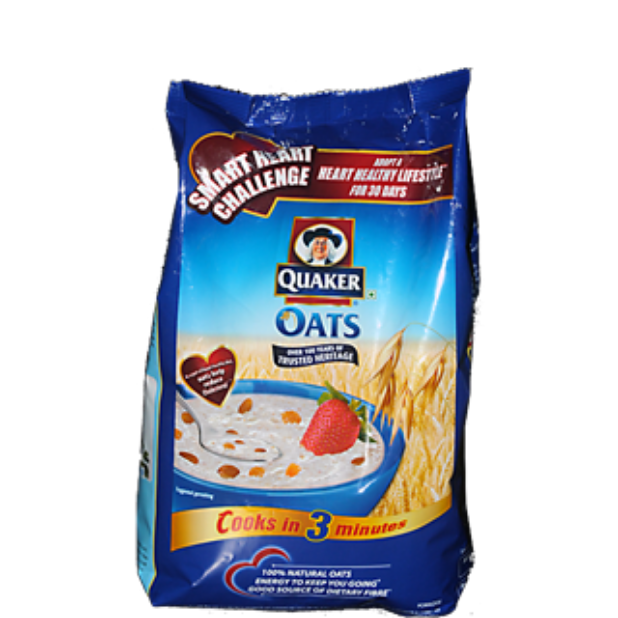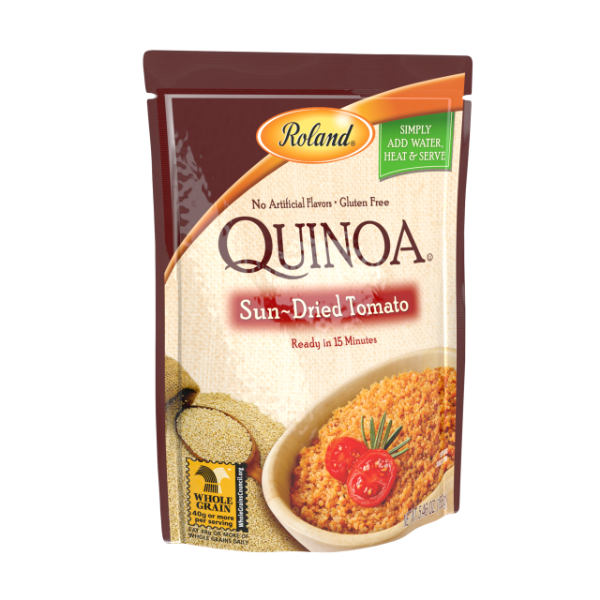Containers made from leather, glass, and clay were the primary packaging materials during the Age of Exploration in the 15th and 16th centuries. The subsequent colonization of America and Asia, and the industrial revolution in Europe greatly increased commercial activity between Europe and other parts of the world. As commerce grew, so did the need for new packaging materials.
Glass and wooden containers were the champions of this new wave of packaging. Wooden containers were stronger and more popular. They could be used to carry heavy freight. Glass containers, although fragile, had their own advantages. Glass jars and bottles could be used to store liquids and potent acids that reacted with metal and wood and could not be stored in other containers.
Fast forwarding into the 20th century, a new type of packaging came to rule the world. It was made of cardboard. Encyclopedia Britannica notes that the humble cardboard carton is the most widely used packaging material in the world. Cardboard cartons are inexpensive to manufacture. They can be made in a great variety of shapes. They play a prominent role in food packaging – nearly half of these cardboard cartons are used to package food products.
Stand up pouches are a relatively late entrant into the packaging industry. The first commercial use of these pouches was in the early 1960s in liquid packaging. A company named Capri-Sun was the first manufacturer to ship its fruit flavored drinks in stand up pouches, according to “Understanding Plastics Packaging Technology” of Susan E.M. Selke. There was still a scarcity of domestic manufacturers who could produce pouch making machines, and some companies just weren’t interested in looking for a change. This is why the plastic pouch took a lot of time to be popular. Several decades passed before the industry started looking at stand up pouches as a serious packaging option.
In the mid-1990s a new movement swept the United States. Suddenly there was a heightened awareness about environment protection. One of the (perhaps unintended) consequences of the strong environment movement was to catapult stand up pouches to prominence. The materials used to produce these pouches were minimal. They grabbed the attention of a new generation of green activists who were looking for a way to reduce consumption.
Media attention and noise from environmentalists made the industry in America consider stand up pouches as a serious packaging option. The industry was quick to discover that stand up pouches are cheaper to produce and easier to fill, and the shipping of empty stand up pouches does not exhaust a company's resources. There has been a constant growth in the stand up pouch usage in the United States for nearly two decades. At StandUpPouches.net, we have witnessed some of this growth first hand.





